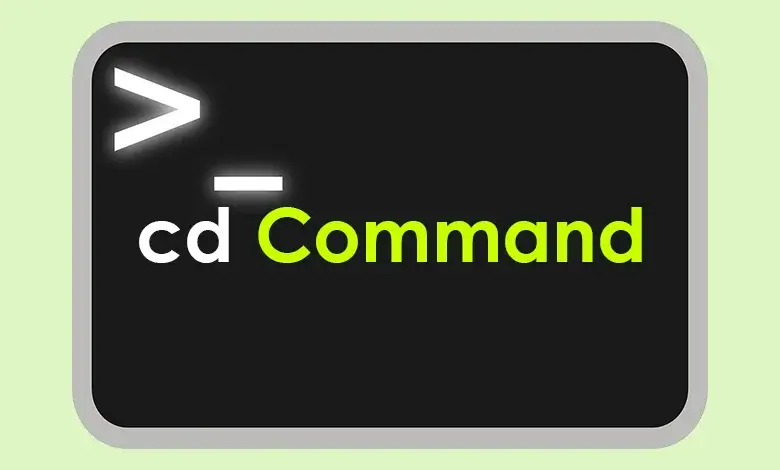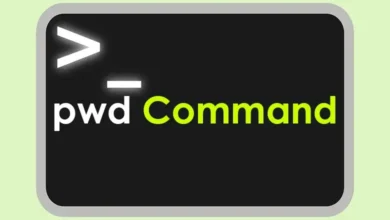
Table of Contents
Introduction
Whether you are a regular Linux user or you work in the IT field in one of the following jobs: system administration, programming, and many other jobs, you will need to master how to use commands, which will help you in performing many tasks such as: managing and maintaining servers, create scripts to complete repetitive tasks automatically, system management, solving problems, view logs, check the system, apply security measures, change network settings, monitoring and controlling system resources and many other uses.
Among these commands, we find ls, pwd, touch. In this article, we will focus on cd. What is the use of this command, what is its syntax, how many options does it have, and how do you use it?
What is cd Command?
Cd command (short for change directory) is one of the GNU Core Utilities available in all Unix-like operating systems. This tool helps us move from one folder to another. In other words, it enables you to change your current working directory within the file system. When you type the “cd” without specify a directory, you will be directed to your home directory. When we talk about options, unfortunately, this command does not have any options.
cd Command Syntax
The basic syntax of the command is as follows:
cd [directory]Practical Examples of the cd Command
Changing to a Specific Directory:
cd directoryMoving Up One Directory:
cd ..Moving to Home Directory:
CdMoving to Previous Directory:
cd –Moving to Root Directory:
cd /Conclusion
Cd command or change directory is one of the important commands that we need in the CLI to enable us to change directories in Linux. This tool provides us with the ability to move between directories, making browsing Linux easy, and for that is an indispensable key for anyone using the Linux system.
If you find the information we have provided in this article useful, you can save it in your favorites. You may need it at another time. You can use the comment box below to share your opinions or ask questions.

